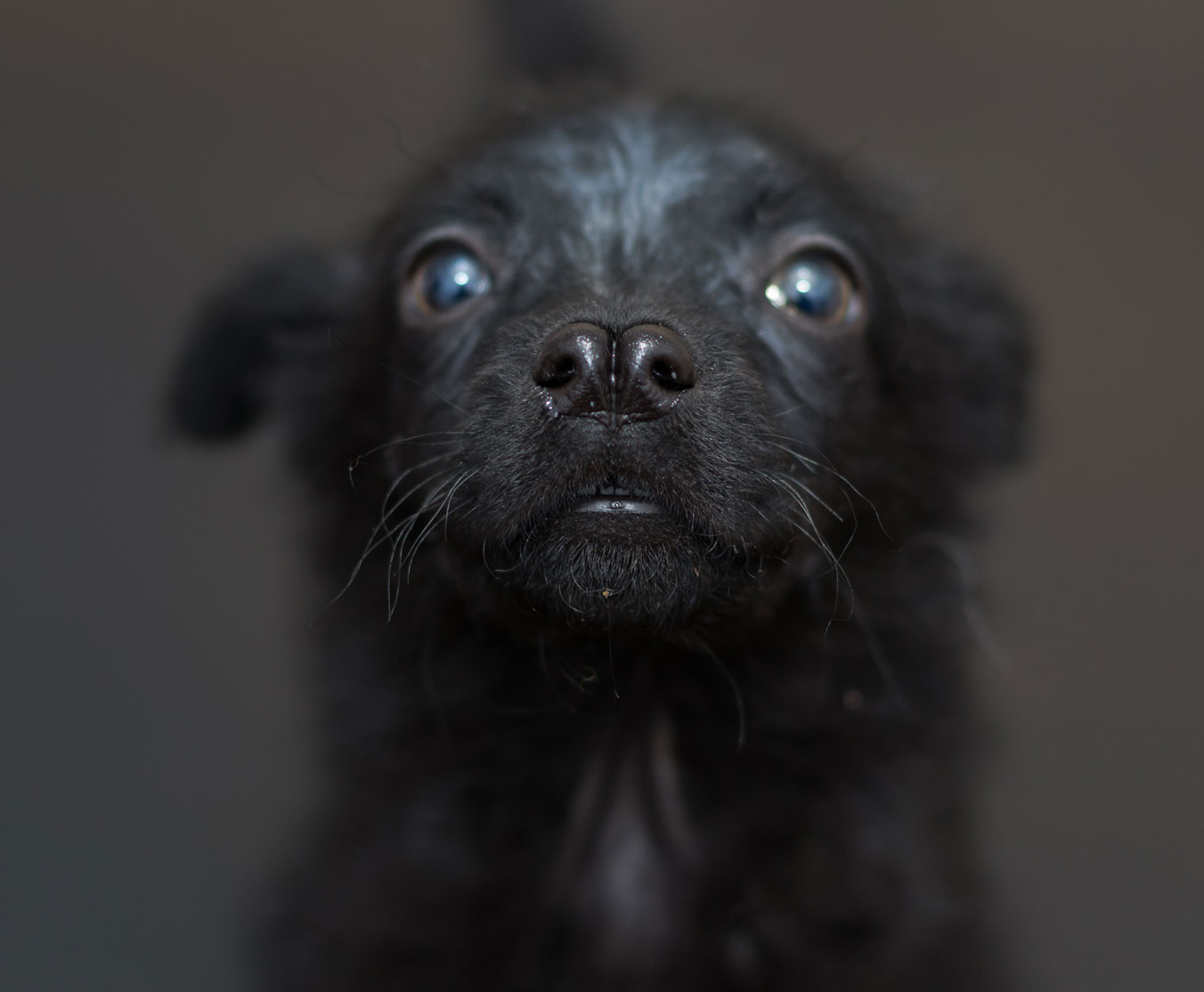Demodicosis: Demodex Mites in Dogs

Demodicosis is a condition in dogs in which an increased number of Demodex mites take hold in the hair follicles. This leads to a widespread inflammatory response. Secondary to the inflammation, a deep bacterial infection (furunculosis) can occur in the follicles.
What Causes Canine Demodicosis?
In dogs, demodicosis is caused by a mite called Demodex canis, which is a normal inhabitant of the follicles and glands of the skin. When mite numbers get higher than what the immune system will tolerate, signs of a skin condition occur.
The reason the Demodex mites can over-proliferate in the first place may be due to genetic properties or an improperly functioning immune system.
Signs of Demodicosis in Dogs
Demodicosis can occur in two patterns:
- Localized. During this form of demodicosis, there may be several patches of skin involved, but the situation is confined to one or two areas. Usually, localized demodicosis is restricted to the face and legs. A dog often experiences hair loss around the eyes, on the muzzle, and on the extremities.
- Generalized. During this form of demodicosis, the lesions on the skin caused by the mites are widespread over the body.
Dogs with demodicosis may or may not be itchy, depending on the secondary infection status.
The localized form of demodicosis often occurs in puppies between the ages of 3 and 6 months. The generalized form may occur at any age but is more common in young and elderly dogs.
Signs of demodicosis in dogs include patches of bald or nearly bald skin that is scaly and red. Secondary infection of the follicles can result in many red or yellow bumps in those hairless spots.
Diagnosis of Demodex Mites in Dogs
When a veterinarian is considering demodicosis, he or she will also be thinking about and needing to rule out a bacterial infection, skin allergies, pemphigus, ringworm, and lupus erythematosus.
To diagnosis demodicosis, a skin scraping will be performed using the following procedure:
- A scalpel blade is used to scrape an affected area of skin gently.
- The scraped skin cells are mixed with mineral oil and smeared on a microscope slide.
- The slide is examined under the microscope for Demodex mites.
Sometimes, in cases of chronic demodicosis when the skin has experienced scarring, a surgical biopsy may be required to diagnose demodicosis.
Unlike scabies, which is also caused by a skin mite, demodicosis is not contagious between dogs or to humans from dogs.
Treatment of Canine Demodicosis
Treatment of most localized cases of demodicosis in dogs is not always necessary. Most of the time, it resolves on its own.
In generalized cases, treatment with Mitaban dips (a medicated bath) once a week may be necessary. If so, treatment should continue for 4 weeks past the time when the clinical signs resolve. Some dogs experience adverse side effects to Mitaban, including:
- Extreme lethargy
- Vomiting
- Diarrhea
- Scratching
- Low heart rate
- Seizures
- Death
Oral ivermectin treatments may be used daily for 2 months past resolution of skin signs. Some dogs experience side effects to ivermectin, and it is considered contraindicated (should not be used) in Collies and associated breeds (Shelties, old English sheepdogs, and other herding breeds). Signs of toxicity include:
- Hypersalivation
- Vomiting
- Confusion
- Wobbliness
- Weakness
- Coma
- Death
Milbemycin orally, given daily for 60 days past resolution of the skin lesions, is effective in many cases. It can have the same negative side effects as ivermectin.
While a dog is under treatment for demodicosis, multiple skin scrapings will be done, and the clinical skin signs will be monitored for resolution.
Prognosis for Demodicosis in Dogs
Dogs with localized demodicosis usually experience a spontaneous resolution of signs, and the prognosis is good.
Dogs with generalized demodicosis should not be used for breeding because there may be some genetic predisposition for that condition. Their prognosis is guarded to poor. When an underlying immune-repressive disease like cancer or lupus is involved, the prognosis is poor.
You May Also Like These Articles:
Signs of Yeast Infections in Dogs
Dealing With Canine Scratching and Licking
Disclaimer: This website is not intended to replace professional consultation, diagnosis, or treatment by a licensed veterinarian. If you require any veterinary related advice, contact your veterinarian promptly. Information at DogHealth.com is exclusively of a general reference nature. Do not disregard veterinary advice or delay treatment as a result of accessing information at this site. Just Answer is an external service not affiliated with DogHealth.com.


